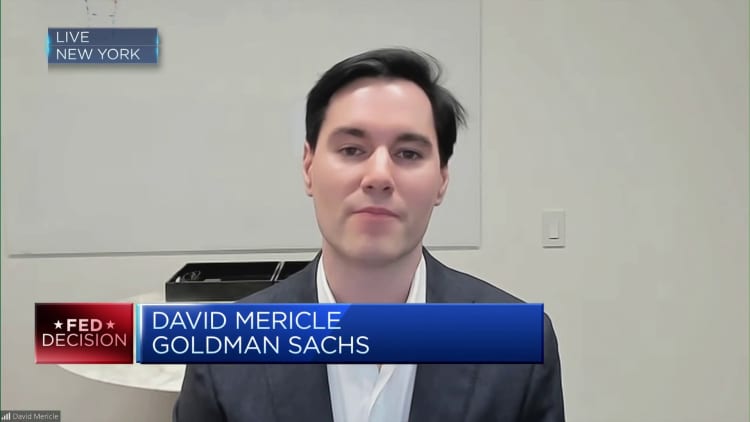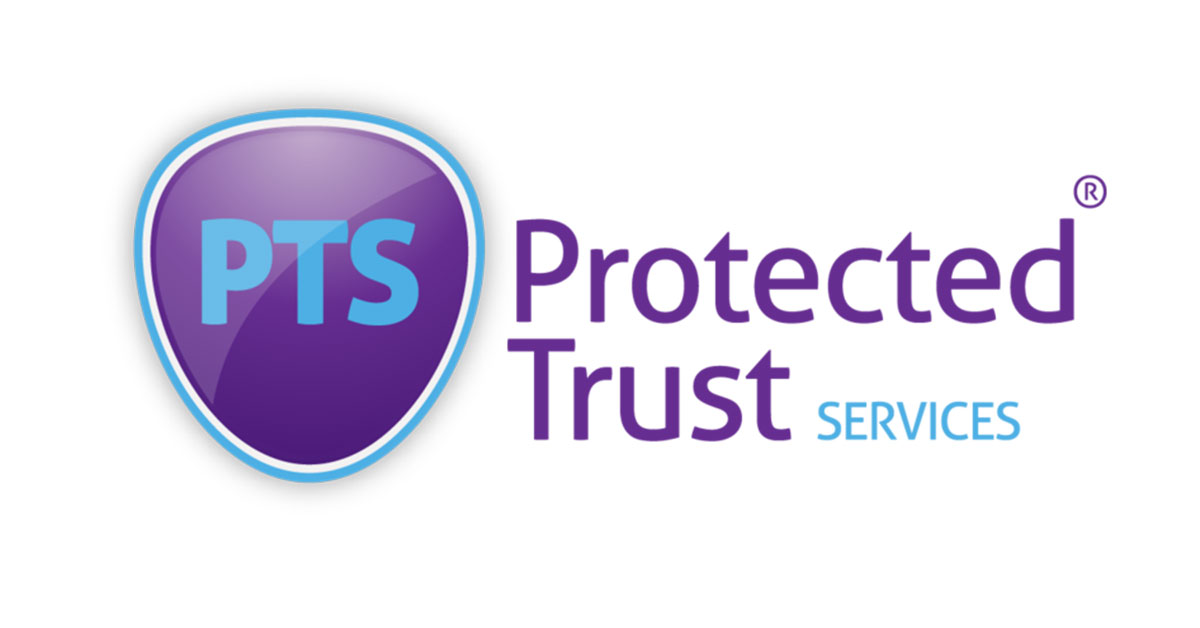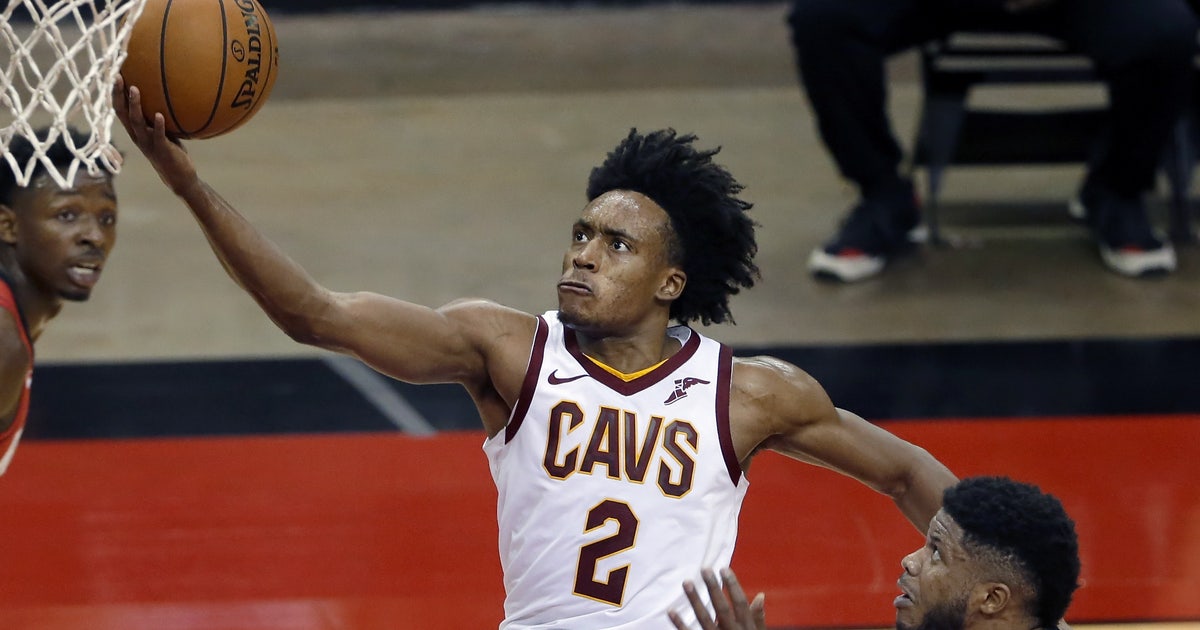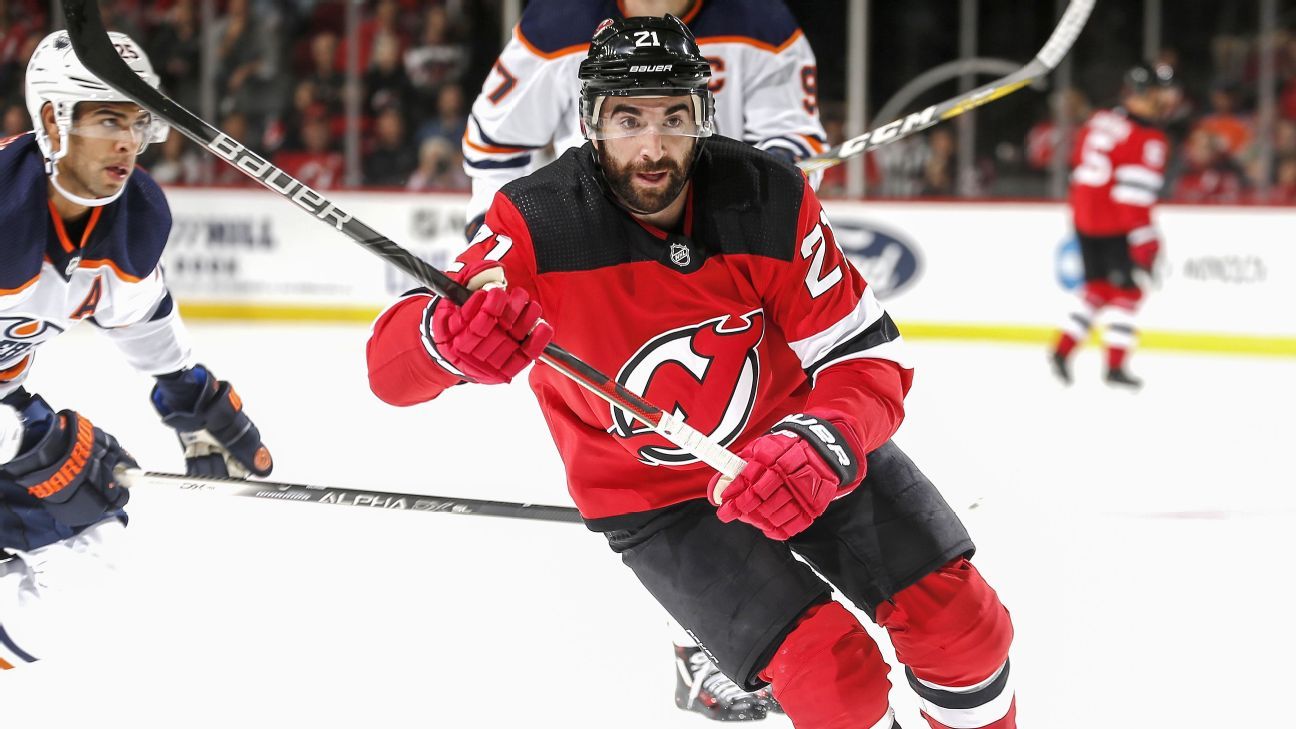4 of the best places for cash as the Federal Reserve weighs a pause in interest rate hikes
Here are four of the best options for cash as the Federal Reserve raises interest rates and weighs a future pause.

Hero Images | Hero Images | Getty Images
Whether you're building an emergency fund or short-term savings, finding the best place for your cash isn't easy — especially as the Federal Reserve weighs a pause in interest rate hikes.
The central bank on Wednesday unveiled another quarter percentage point interest rate increase, with signals that it may be the last. But the move leaves many wondering when an eventual rate cut may come. While the timeline is unclear, some experts predict rate cuts may begin by the end of 2023.
While investors are currently seeing higher interest for savings accounts, certificates of deposits, and other products, those rates may follow future moves from the Fed, with some products unlikely to see higher rates this economic cycle.
But higher yields are still available for those "willing to shop around," said Greg McBride, chief financial analyst at Bankrate. Here are four of the options worth considering.
1. High-yield savings accounts
Despite rising rates, many savers aren't leveraging higher yields on savings accounts. Only 22% are earning interest of 3% or more, according to a recent Bankrate survey.
While the average savings rate is still below 0.5%, some of the top high-yield online savings accounts are paying over 4%, as of May 4.
Of course, there's no guarantee of how long you'll earn higher rates, and they can change quickly, said certified financial planner Amy Hubble, principal investment advisor at Radix Financial in Oklahoma City.
There's limited upside to the yields on savings accounts, especially if the Fed doesn't raise rates any further.
Greg McBride
Chief financial analyst at Bankrate
Adds McBride: "There's limited upside to the yields on savings accounts, especially if the Fed doesn't raise rates any further. They're much more likely to fall over the next six months than they are to rise."
2. Certificates of deposit
If you're looking to secure a higher rate for longer, you may consider a certificate of deposit or CD ladder, which involves splitting cash among multiple CDs with different terms.
Currently, the top one-year CDs are paying above 5%, according to Bankrate, but yields are lower for longer terms. "If you've had your eye on a multi-year maturity, this is the time to lock it in," McBride said.
However, CDs are generally less liquid than savings accounts because you may owe a penalty for cashing out before the term ends.
3. Series I bonds
The annual rate for Series I bonds fell to 4.3% through October, making the asset less appealing for those chasing short-term yield.
"I bonds were the only game in town for two years," said Jeremy Keil, a CFP at Keil Financial Partners in Milwaukee. "And now they're just part of the mix."
There are two parts to I bond interest rates: a fixed rate that stays the same after purchase, and a variable rate, which changes every six months based on inflation. I bonds may still attract long-term investors because the fixed rate jumped to 0.9% in May from 0.4% in November.
However, I bonds are less liquid than savings or CDs because you can't access the funds for at least one year and you'll owe a penalty for cashing in within five years.
4. Money market funds
Short-term money market funds are another option worth considering, according to Chris Mellone, a CFP and partner at VLP Financial Advisors in Vienna, Virginia.
While money market funds may invest in different types of lower-risk, short-term debt, Mellone is currently focused on those containing Treasury bills with maturities of 30 days or less. Clients may capture higher yields while maintaining flexibility. "We're really in a sideways environment and clients can collect close to 5% on a product like this," he said.
We're really in a sideways environment and clients can collect close to 5% and a product like this.
Chris Mellone
Partner at VLP Financial Advisors
And if there's an economic downturn, clients can tap the money quickly to purchase other assets when the market declines, "so you really get the best of both worlds," he said.
Mellone said banks are generally offering lower interest on products such as savings accounts because they are feeling pressure from other parts of the business. "They're going to drag their feet on raising rates to a higher level because they're unable to lend as much in this environment."


 Fransebas
Fransebas 






























